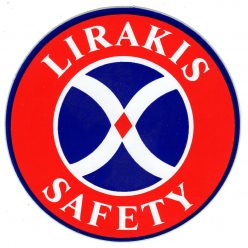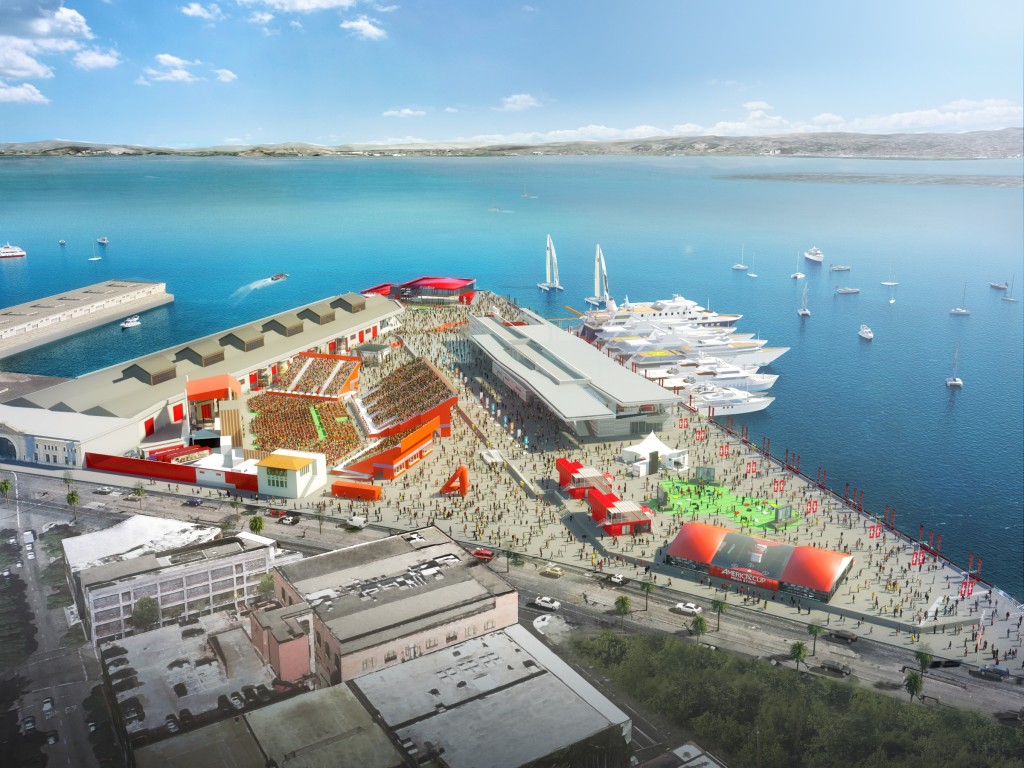Lack of progress in safety provisions frustrating America’s Cup in wake of Andrew Simpson death
Just two of original 37 proposals have been incorporated into the rules following death of British sailor
SUNDAY 16 JUNE 2013

Slow progress is being made in San Francisco on changes to the America’s Cup safety provisions following the death of Andrew Simpson during a training accident on the Swedish challenger Artemis.
With considerable fanfare, a review committee under the chairmanship of the regatta director Iain Murray produced a list of 37 recommendations, though the other members of the committee were told by the lawyers not to put their names to the proposals.
Over the weekend two, well one and a half, of the recommendations were incorporated into the rules for both the Louis Vuitton Cup (LVC) challenger elimination series and the match between the eventual winner and the defender, the locally-based Oracle Racing.
One covers technical matters surrounding the structure of the 40-metre carbon fibre solid wings and the dagger boards which lift the 72-foot catamarans so that they skim on foils above the water.
The second confirms that there will be no guest position when the yachts are racing. But it does not include, as originally proposed, a ban on on-board television camera operators. There is no indication when the remaining 35 proposals would, if at all, be adopted.
The opening exhibition race is scheduled for two weeks on Friday, 5 July, with the first LVC race between Emirates Team New Zealand and the Prada-backed Italians in Luna Rossa two days later.
An ETNZ proposal, backed by the Italians, to delay the whole event until 19 July and then run a condensed LVC was vetoed by the Swedes, even though they are indicating they may not be ready to race until 6 August and then only if their latest boat, which has yet to be launched, comes through all its sea trials successfully.
That veto is being investigated by two members of the international jury, one Britain’s Bryan Willis, the other a New Zealand lawyer, Graham McKenzie. But the whole thing may, as time runs out, have to be referred to the full five-person jury and the work of Willis and McKenzie is not due to start until Wednesday.
Nor has the United States Coastguard announced that it has granted the event a permit to race. The San Francisco Police Department is still preparing its report on ‘Bart’ Simpson’s death, though that will focus largely on criminality, and the Medical Examiner’s (coroner’s) report, a public document, has yet to be published on the causes of his death.



